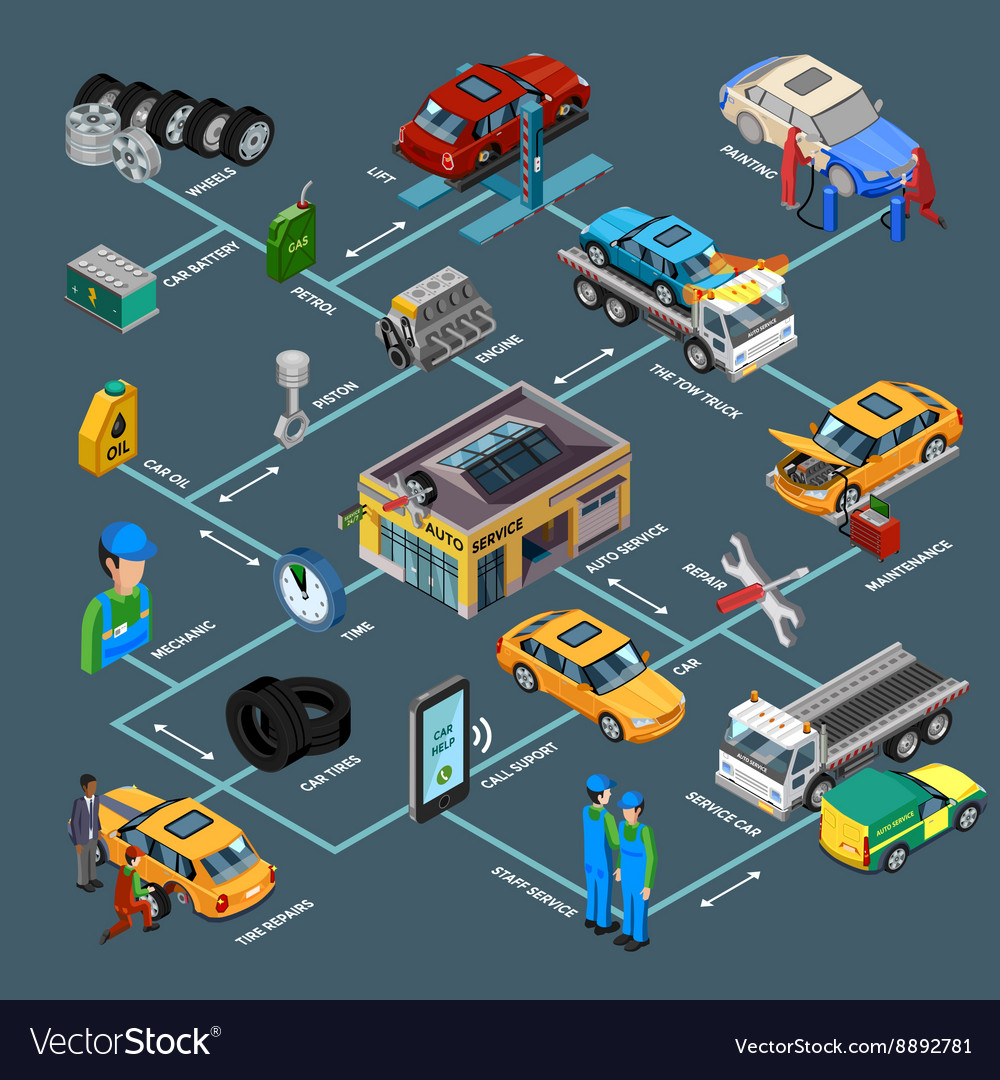Evaluating Your Automobile'S Caution Indicators: What They Really Share
Evaluating Your Automobile'S Caution Indicators: What They Really Share
Blog Article
Write- https://moneyandmarkets.com/lkq-corp-stock-auto/ Developed By-Lim Forbes
When you lag the wheel, those beautiful warning lights on your dashboard can be a little bit complicated. Do you know what they're attempting to inform you regarding your cars and truck's health and wellness? Comprehending the relevance of these lights is crucial for your safety and security and the longevity of your automobile. So, the next time one of those lights turns up, wouldn't you wish to analyze its message accurately and take the necessary actions to resolve it?
Common Warning Lights and Interpretations
Determine typical warning lights in your auto and recognize their definitions to ensure secure driving.
One of the most typical caution lights consist of the check engine light, which signifies issues with the engine or exhausts system. If this light begins, it's essential to have your vehicle examined immediately.
The oil pressure warning light indicates reduced oil stress, calling for prompt focus to prevent engine damages.
A flashing battery light could suggest a damaged charging system, possibly leaving you stranded otherwise addressed.
The tire stress monitoring system (TPMS) light notifies you to reduced tire stress, influencing automobile stability and fuel efficiency. Overlooking this might cause hazardous driving conditions.
The abdominal light shows a problem with the anti-lock braking system, jeopardizing your capacity to stop promptly in emergencies.
Finally, the coolant temperature level advising light warns of engine overheating, which can result in extreme damage if not settled quickly.
Comprehending these typical caution lights will help you attend to concerns quickly and keep safe driving problems.
Relevance of Prompt Attention
Comprehending the typical caution lights in your car is only the initial step; the significance of promptly addressing these warnings can't be emphasized enough to ensure your safety and security on the road.
When a warning light brightens on your dashboard, it's your vehicle's way of interacting a prospective problem that needs focus. Overlooking these warnings can bring about much more severe problems down the road, compromising your security and possibly costing you a lot more out of commission.
Prompt interest to warning lights can stop breakdowns and accidents. As cardetailer,pakuranga , a blinking check engine light could indicate a misfire that, if left ignored, could trigger damage to the catalytic converter. Resolving this quickly can save you from a pricey repair.
In a similar way, a brake system advising light might indicate low brake fluid or worn brake pads, crucial components for your safety and security when driving.
Do It Yourself Troubleshooting Tips
If you notice a warning light on your dashboard, there are a couple of DIY fixing tips you can try prior to seeking expert help.
The initial step is to consult your vehicle's handbook to understand what the specific caution light indicates. Sometimes the concern can be as basic as a loose gas cap triggering the check engine light. Tightening the gas cap may deal with the trouble.
Another usual concern is a reduced battery, which can activate different alerting lights. Inspecting the battery links for deterioration and guaranteeing they're safe could fix the problem.
If a warning light lingers, you can try resetting it by detaching the automobile's battery for a few minutes and then reconnecting it. Additionally, examining your vehicle's liquid degrees, such as oil, coolant, and brake fluid, can aid fix warning lights connected to these systems.
Conclusion
In conclusion, understanding your vehicle's warning lights is vital for maintaining your vehicle running smoothly and securely. By promptly addressing these notifies and recognizing what they imply, you can stay clear of expensive fixings and prospective break downs.
Bear in mind to consult your cars and truck's manual for certain information on each cautioning light and do something about it as necessary to ensure a trouble-free driving experience.
Stay informed, remain safe on the road!
